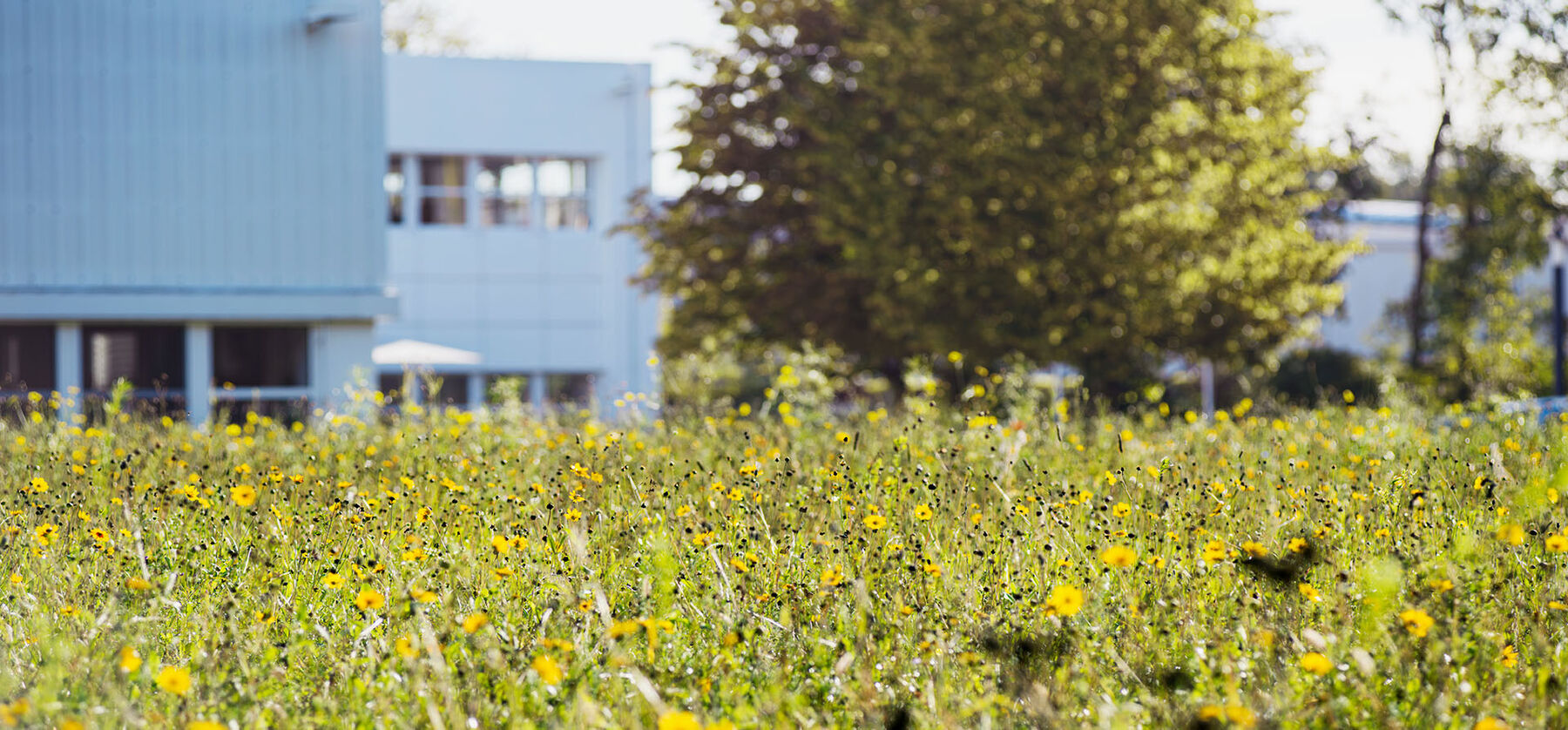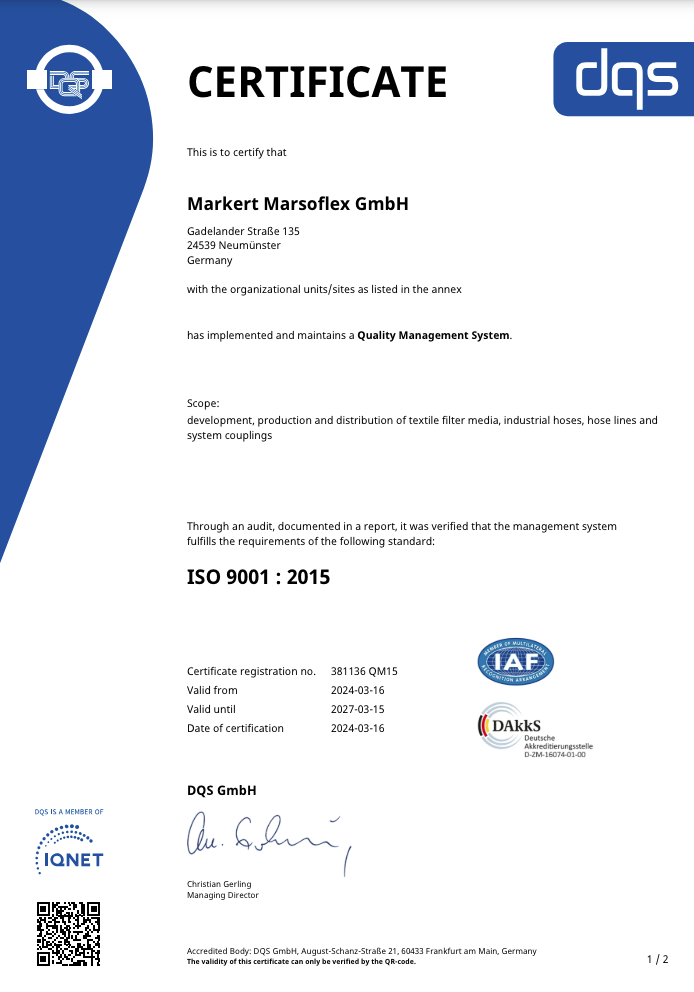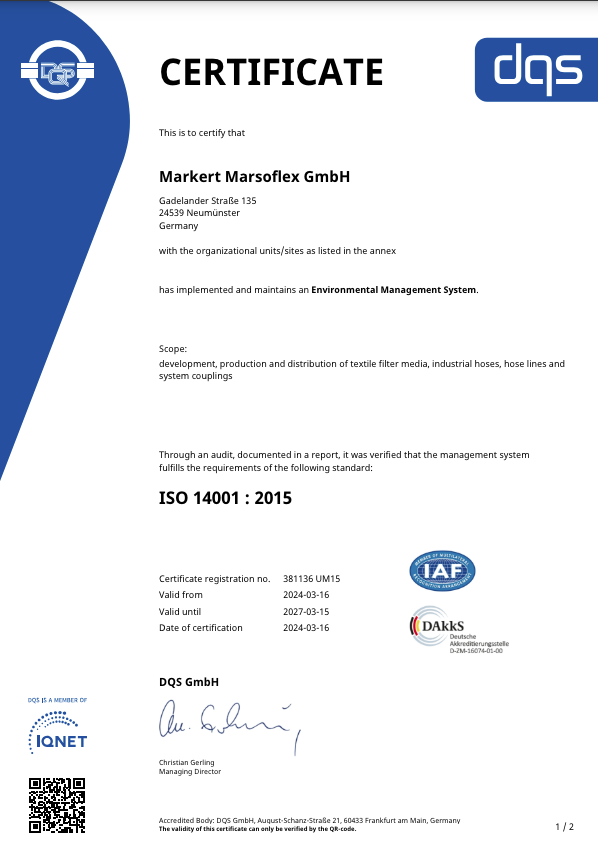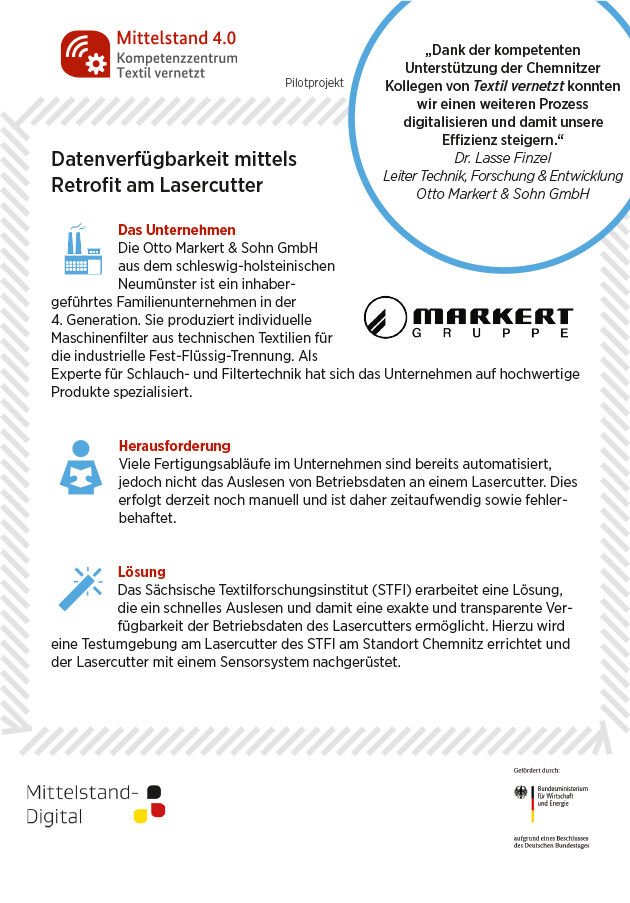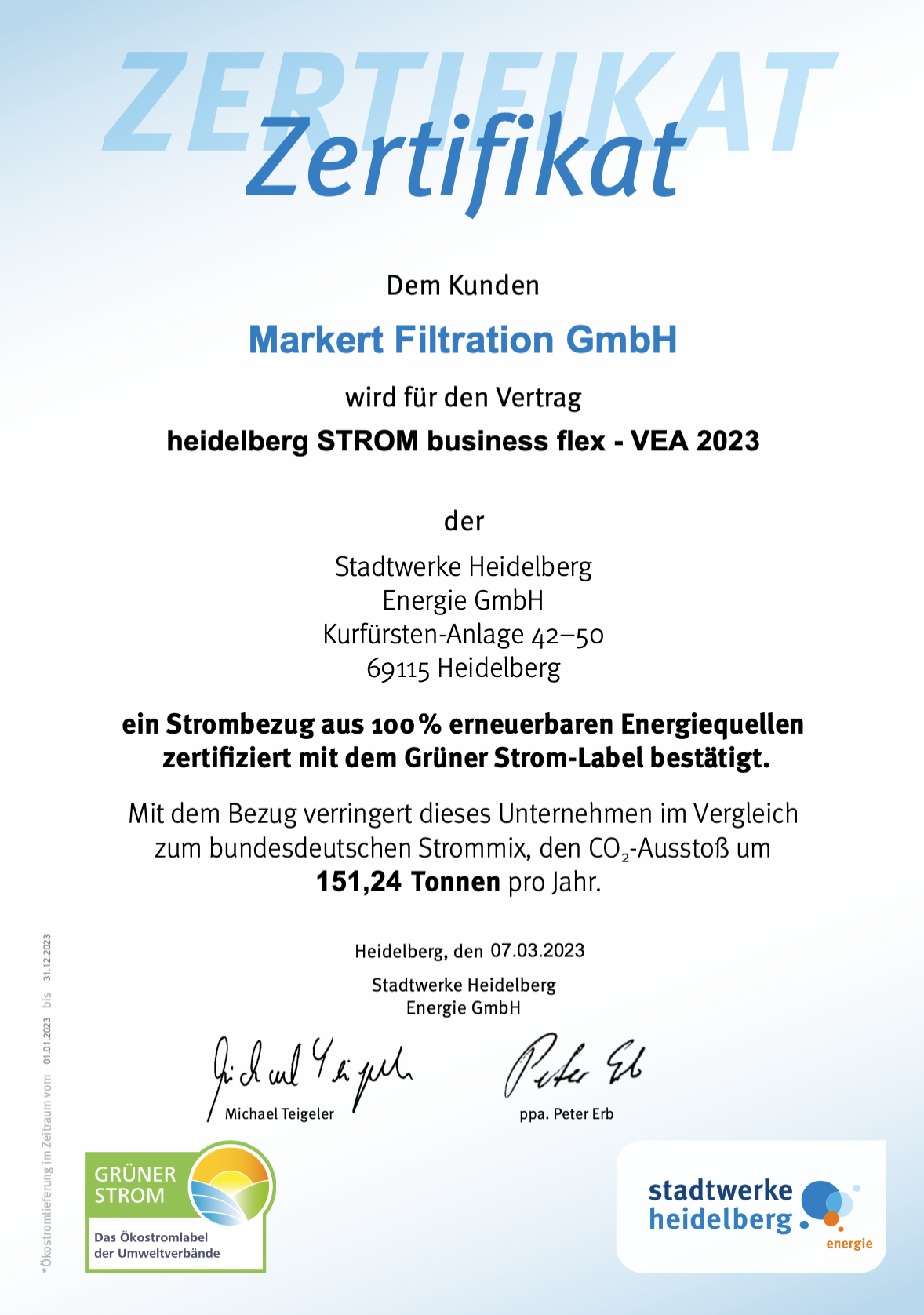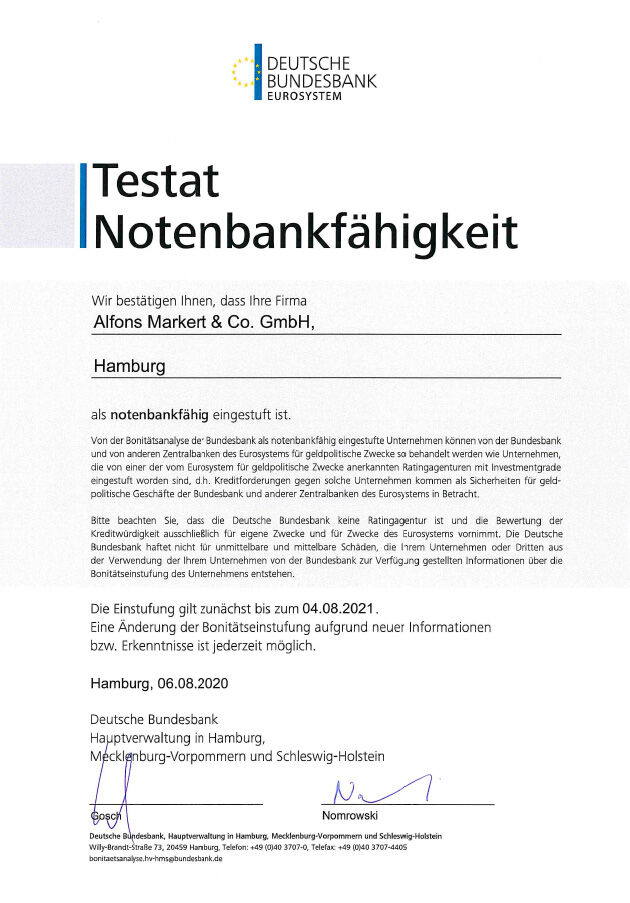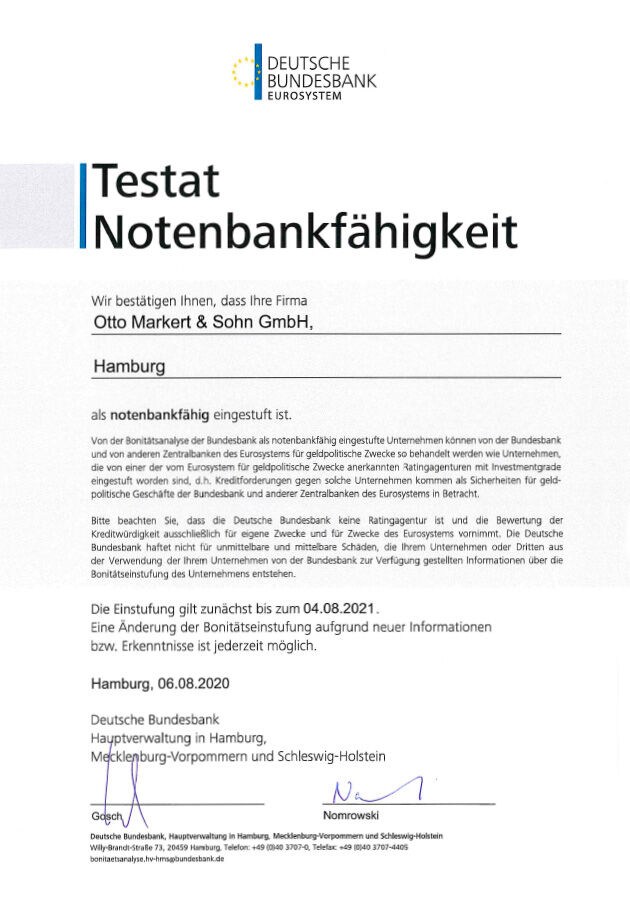-
NewsNews
-
Filter technology
Filter technology
-
Hose systems
Hose systems
-
Publications
Publications
-
Trade fairs
Trade fairs
-
Filter technology
-
Textile filtrationTextile filtration
-
Filter cloths
-
Filter bags
Filter bags
-
Filter belts
Filter belts
-
More products
More products
-
Service filter technology
Service filter technology
-
Areas of application filter technology
Areas of application filter technology
-
Filter cloths
-
Hoses technologyHoses technology
-
Hoses
-
Couplings & connections
Couplings & connections
-
Accessories
Accessories
-
Service hoses technology
Service hoses technology
-
Areas of application hoses technology
Areas of application hoses technology
-
White Paper
White Paper
-
Hoses
-
Other applications
Other applications
-
About usAbout us
-
Markert Group
Markert Group
-
Kunstforum Markert
Kunstforum Markert
-
Management & advisory board
Management & advisory board
-
Research and development
Research and development
-
Quality and the environment
Quality and the environment
-
Production system
Production system
-
Markert Group
-
CareersCareers
-
Training
Training
-
Jobs
Jobs
-
Work at Markert
Work at Markert
-
Training
-
Contact
Contact
Quality and the environment
The sensible use of natural resources and protecting the environment are important parts of our environmental policy.
Below you will find a few examples of specific measures we are implementing.
- FDA (Food and Drug Association) eco coating
- LED lighting technology and condensing heating technology reduce our ecological footprint
- Switching off lights during breaks (production/administration)
- Setting up motion detectors
- Dimmable lights in all conference rooms
- Lift lights which can be switched off
- Heating oven for cones switched off / not on permanently
- Renewing old heating thermostats
- Replacing old heating with modern burning technology.
- Testing facility in the production area: the water circulation system has been optimised.
- Installing taps with motion sensors (WC)
- In principle, not letting water run (showering/washing hands)
- Installing a photovoltaic system
- Switching over to a fleet of vehicles with fuel-efficient hybrid engines
- Training on how to handle hoses / This ensures the safety of the employees and the hoses and couplings being used.
- The Markert PTFE protector increases the operating time of the hose line and provides additional protection for the flange.
- Expanding hose repair and testing services
- Increasing product lifetimes
- Transparency through detailed records for electricity, gas, water and waste.
- Electric height-adjustable desks
- Ergonomically-designed workstations
- Gym/sports vouchers
- Provision of e-bikes
- Markert art forum
- Stand-up meetings
- Special conditions
- Fresh fruit
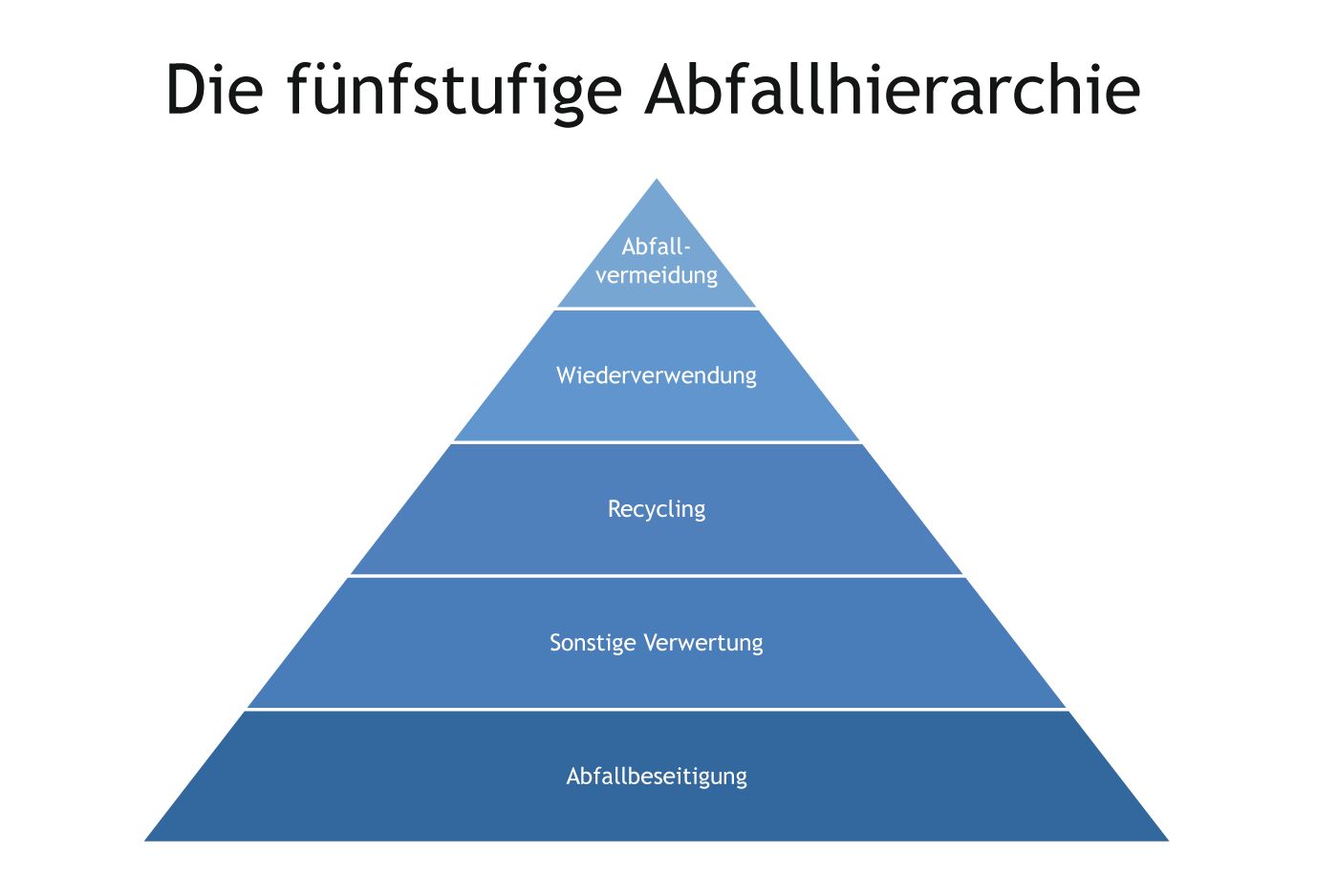
The waste pyramid refers to article 6 of the KrWG (act on promoting recycling management and ensuring environmentally-friendly waste management). In the waste hierarchy listed below, you’ll find the measures we have implemented with regard to waste management.
Waste prevention
- Information on printing emails
- Introducing a “paperless office”
- Adjusted purchase quantities
- Optimising the cross section when cutting
- Systematic exchange of pallets
Reusing
- Reusing packaging materials (filling material)
- Switching to plastic pallets for internal use
Recycling
- Separating polyethylene and polypropylene
- Mixed municipal solid waste is taken to the sorting facility (commercial waste ordinance: packaging made from “green dot “ light metals and plastics, tin plate, biowaste, other plastics)
- Waste paper is fed into the recycling chain.
Other usage
- Mixed municipal solid waste is taken to the sorting facility (commercial waste ordinance)
Waste disposal
- Clear separation of waste
- Careful disposal by the company Veolia
Quote from article 6 (2) of the KrWG:
“Based on the ranking pursuant to paragraph 1, priority shall be given, in accordance with articles 7 and 8, to those measures which best guarantee the protection of people and the environment in the generation and management of waste, taking into consideration the precautionary and sustainability principles. The entire life cycle of the waste shall be the basis for considering the effects on people and the environment pursuant to clause 1.
The expected emissions, the degree of preservation of natural resources, the energy to be used or recovered and the accumulation of pollutants in products, in waste for recovery or in products derived from them shall be taken into consideration in particular.”




